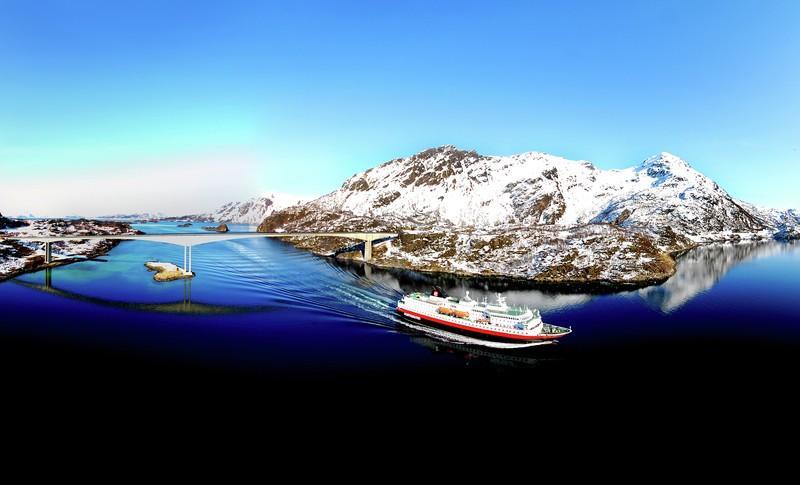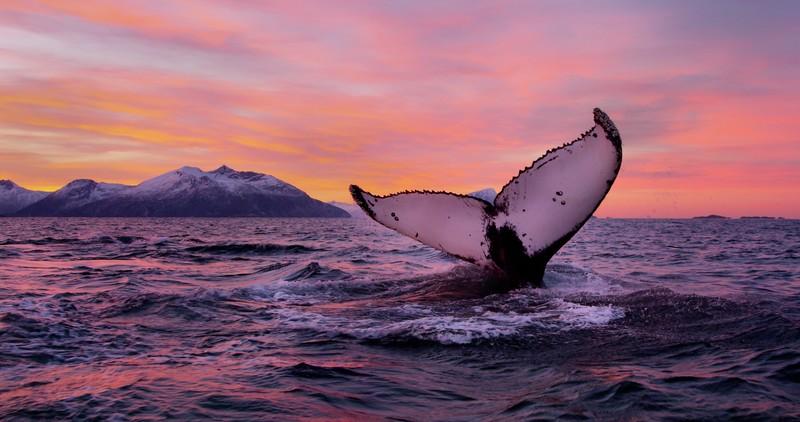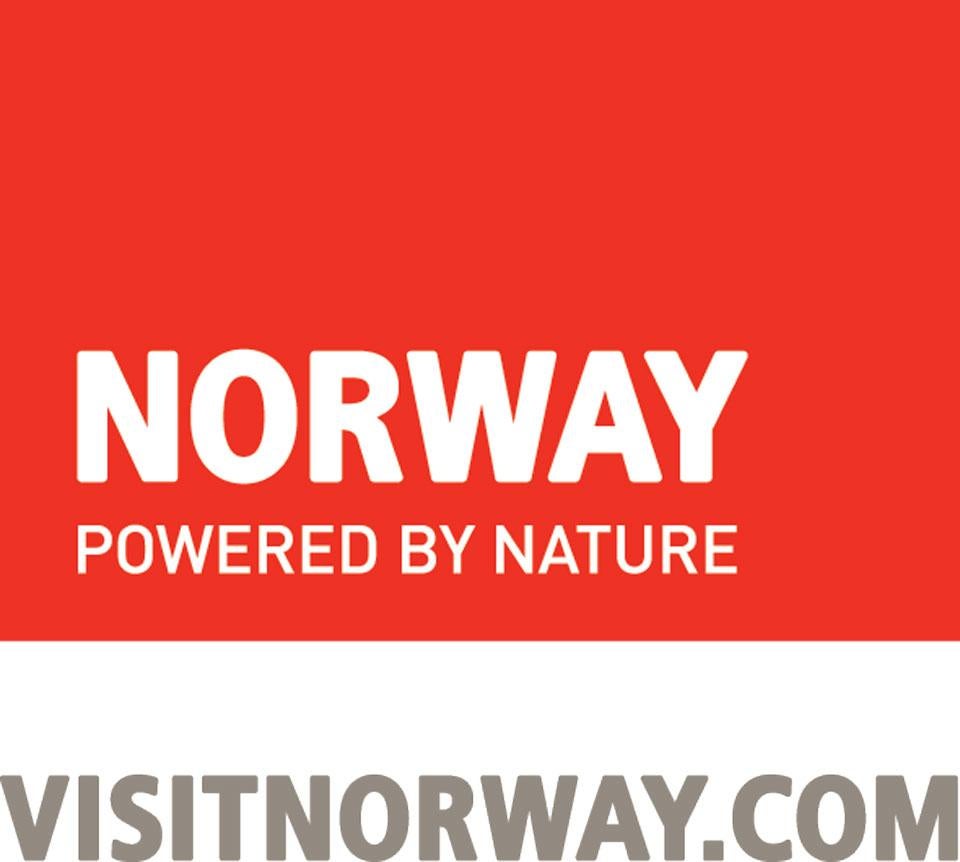Explore Norway’s islands of the gods
Sprinkled beautifully off the northern coast, the Lofotens and Vesterålen have a remote allure that’s surprisingly easy to access

Your support helps us to tell the story
From reproductive rights to climate change to Big Tech, The Independent is on the ground when the story is developing. Whether it's investigating the financials of Elon Musk's pro-Trump PAC or producing our latest documentary, 'The A Word', which shines a light on the American women fighting for reproductive rights, we know how important it is to parse out the facts from the messaging.
At such a critical moment in US history, we need reporters on the ground. Your donation allows us to keep sending journalists to speak to both sides of the story.
The Independent is trusted by Americans across the entire political spectrum. And unlike many other quality news outlets, we choose not to lock Americans out of our reporting and analysis with paywalls. We believe quality journalism should be available to everyone, paid for by those who can afford it.
Your support makes all the difference.Every nation has a location that is referred to reverentially, somewhere that gets universal approval when you say you are visiting.
For the Norwegians it’s the archipelagos that make up the Lofoten Islands and neighbouring Vesterålen islands, on the north-west coast.
Situated way above the Arctic Circle, closer to the North Pole than to London, these islands are surprisingly easy to get to.
Wideroe offers six weekly direct flights from Oslo Gardermoen to the Lofoten capital,Solvær . In summer the airline offers a direct route to Stokmarnes in Vesterålen. Wideroe also flies from the northern mainland airport of Harsted/Narvik to the whale-watching hub that is Andenes, on the northernmost tip of these islands.
Spectacular scenery

The approach to the Lofotens is spectacular: sheer mountains rise from the sea to form a mighty wall against the Atlantic. It’s a sight to make the Norse gods proud. Here, at Europe’s wildest edge, the most dramatic of geological constructs provides relative shelter for Solvær and the towns and villages along the eastern side of the mountain range.
For generations communities clutching to this coast relied on the abundant fish in the area. Winter shoals of spawning cod migrate from the even-more-northerly Barents Sea to the waters around these islands. The legacy of this once all-pervasive livelihood remains – the smell, the sight, the culture and the history.
Just outside of Solvær is a tiny islet called Svinøya. Here you can stay in a rorbu, a wooden hut originally built for migrant fishermen for the duration of the cod-fishing season. These huts, painted a distinctive deep red, have been rebuilt into comfortable, hygge-inspired cabins. Dotted along the shoreline they are as much a feature of the coastline as the skerries and white sandy beaches.
There are around 30 of these huts, old and new, on Svinøya where you can book a three-night package that includes guides showing you the best places to see the Northern Lights. For a two-night package that includes viewing this pulverised peninsula from the sea and spotting eagles and watching whales, local company Smaken Av Lofoten, offer cabin accommodation and a RIB safari along the coastline.
Efficient travel
It’s easy to travel between the islands: geology and climate have not prevented an efficient network of bridges and tunnels being built, giving visitors a lot of choice over where to climb, trek, kayak or fish. A car ferry north from Fiskebol to Melbu connects the two archipelagos.
Vesterålen has a similar if slightly more modest array of mountains, peaks and pulverised coastline compared to Lofoten. It’s greener, with a more benign landscape than its better- known neighbour. You see this on the straightforward drive up the islands’ main road, the E10 that runs from south to north through rock, mountain, field and fjord, through tunnels, towns and farmland.
Vesterålen is where you find arguably northern Norway’s most famous fjord, the magnificent Trollfjord. It’s an extraordinarily thin and long stretch of water, with rock walls rising to heights of more than 3,000 feet. At its narrowest – 300 feet wide – you experience a sort of vertigo in reverse, sheer mountains rising up next to you out of a slither of deep, dark water.
This is a wonderful place to fish and see that most regal of creatures: the North Atlantic eagle.

But what Vesterålen is best known for is whale watching. It’s the only place in Europe where you can do this activity all year round. Andenes, on the northern most point of this archipelago is the whale-watching epi-centre, this part of northern Norway’s coast is a nutrient-rich feeding ground for humpback, killer and sperm whales. The first ever whale safari company and now the largest, Hvalsafari, guarantee a sighting every time and provide enough warm clothing to make your Arctic ocean trip a comfortable one even in the depths of winter.
It’s not surprising that these islands, the legacy of an ice age, are popular among artists who are drawn by the shifting light, the seascapes, the geological drama and the never-ending horizon. Yet few paintings, or photographs, can ever truly do this land of Norse legend justice. It has to be seen to be believed.
Fore more inspiration click here - and to find out more more and book your break to Norway, visit visitnorway.com
